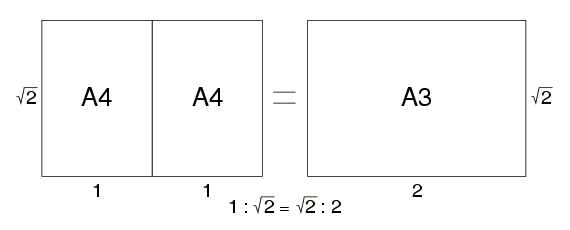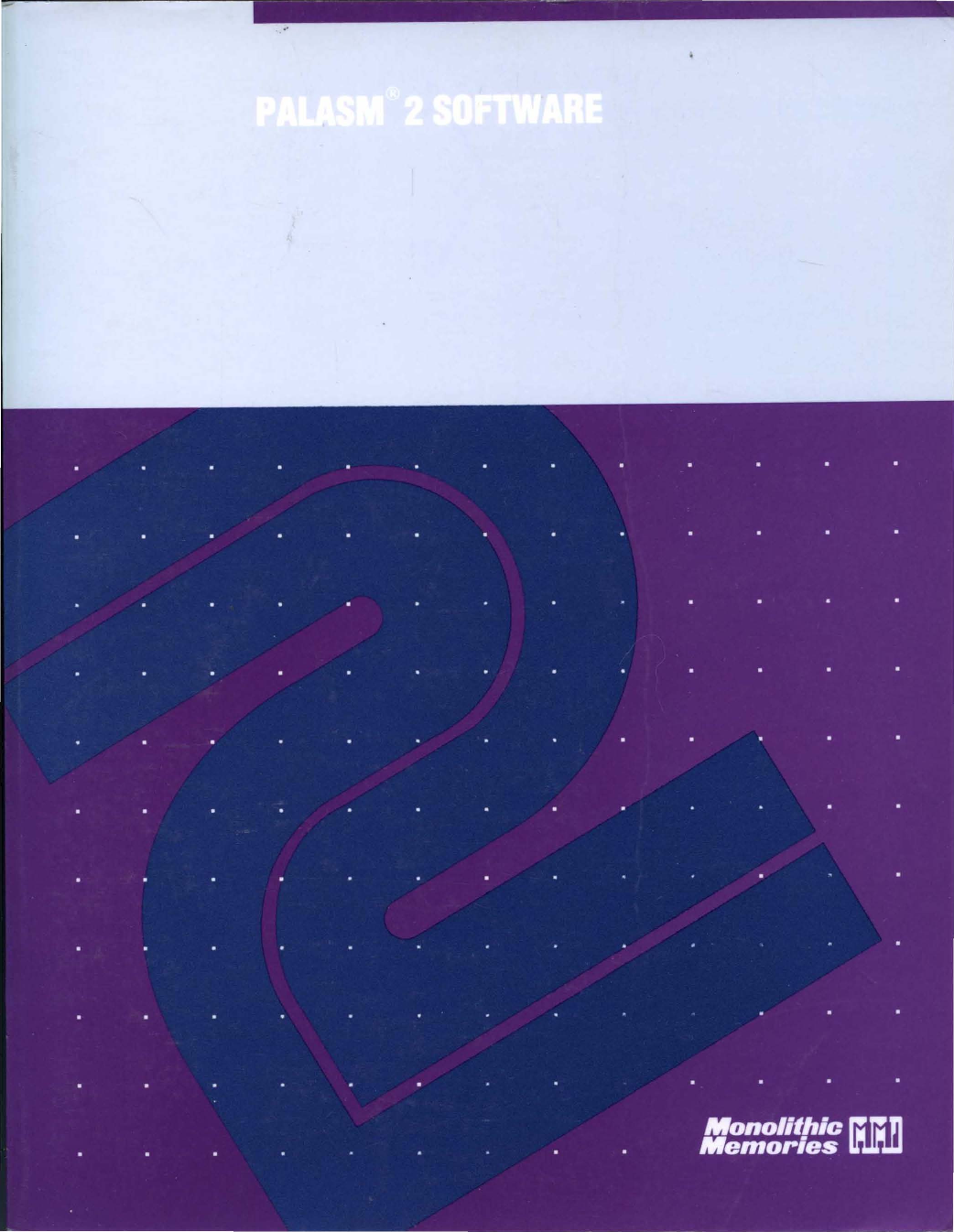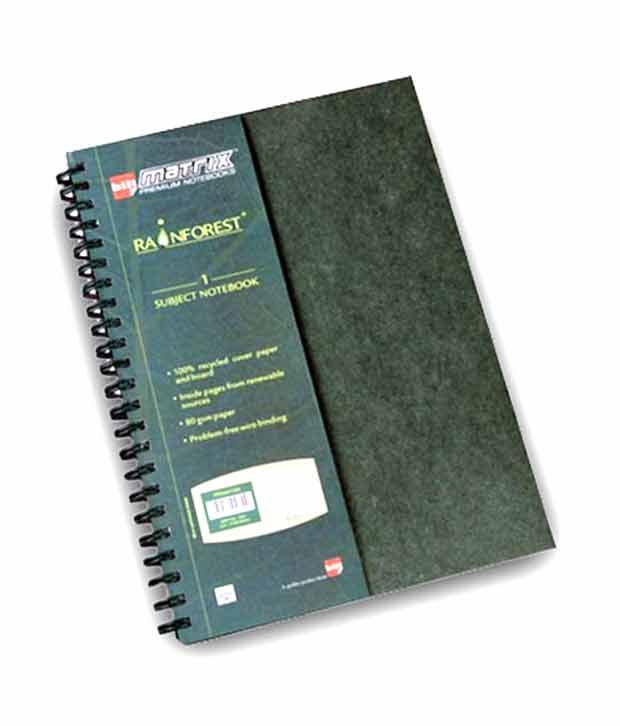A4 Single Rule
The Single Rulebook aims to provide a single set of harmonised prudential rules which institutions throughout the EU must respect. The term Single Rulebook was coined in 2009 by the European Council in order to refer to the aim of a unified regulatory framework for the EU financial sector that would complete the single market in financial services. Coworkers were printing out files with the format set to A4 paper size, but the recently installed new printer was set to print Letter by default (this often happens with U.S. Manufactured printers). The printer, thinking it had Letter paper in its trays, was shrinking each file to fit this page size.
Here are some rulers you can print out.Disposable paper rulers! :)
Disable any 'shrink to fit' option when printing.
There is a note below about accuracy.

| One foot ruler 1 ft long, 3 cm wide. One per page. (centimeters and inches) For US letter-size paper. PDF | ||
| One foot ruler (for A4 paper) 1 ft long, 3 cm wide. One per page. (centimeters and inches) For A4 size paper. PDF | ||
| Metric rulers 25 cm long, 3 cm wide. 6 per page. (centimeters and millimeters) PDF | ||
| Centimeter/Inch rulers 25 cm long, 3 cm wide. 6 per page. PDF | ||
| Simpler Centimeter/Inch rulers 25 cm long, 3 cm wide. 6 per page. Fewer ticks, bigger font. PDF | ||
| Decimal-Inch/Centimeter rulers 25 cm long, 3 cm wide. 6 per page. Ten ticks per inch. PDF | ||
| Narrow | ||
| Metric rulers (narrow) 25 cm long, 2 cm wide. 9 per page. PDF | ||
| Centimeter/Inch rulers (narrow, parallel) 25 cm long, 2 cm wide. 9 per page. Both units go in the same direction. PDF | ||
| Yardsticks / Meter-sticks | ||
| Meterstick (cm and mm) 100 cm long, 2 cm wide. 2 per page. Pieces (4) can be taped or glued together. PDF(221 KB) | ||
| Meterstick (cm and inches) A meter is a bit longer than a yard (39+ in). PDF(194 KB) | ||
| Two-meter-stick (cm and inches) 200 cm long, 2.4 cm wide. One per page. PDF(531 KB) | ||
| Large-print meterstick 100 cm long, ~5 cm wide. One per page. There are big numbers every 10 cm. PDF(118 KB) | ||
| Large-print meterstick (with 1/4 meter labels) 100 cm long, ~5 cm wide. One per page. Says '0', '1/4', '1/2', '3/4', and '1'. But the 10 cm numbers are smaller. PDF(120 KB) | ||
| Single-unit rules | ||
| Stack of centimeter rules 25 cm long, 2 cm wide. 10 per page. PDF | ||
| Stack of millimeter rules PDF | ||
| Stack of centimeter rules (more per page, but shorter) 20 cm long, 2 cm wide. 13 per page. PDF | ||
| Single-unit rules (narrower) | ||
| Dense stack of centimeter rules (lots more per page , but shorter and narrower) 20 cm long, 1.2 cm wide. 21 per page. PDF | ||
| Dense stack of centimeter rules (more, but narrower) 25 cm long, 1.2 cm wide. 16 per page. PDF | ||
| Color-square rules | ||
| Alternating red and white squares Cm squares - 25 cm long, 1 cm wide. 6 per page. Inch squares - 9 in long, 1 in wide. 3 per page. PDF | ||
| Number-free 'I discovered that many of my students do not really understand linearmeasurement. I found this out when I gave them rulers withoutnumbers. Some of them were completely at sea. Previously they justread the numbers off the ruler with no concept that they are measuringa given distance. It turned out that few of the students (top academicclasses) [could] do the measurements, they didn't know where tostart, they didn't know that the ruler was metric, they didn't knowthat each centimeter had 10 divisions!!! Give them a broken ruler(one without a zero): boy! does that ever demonstrate weaknesses inunderstanding. This year I am going to START with the numberlessrulers.' [a reader] | ||
Stack of number-free metric rules 25 cm long, 2 cm wide. 10 per page. PDF | ||
Here are more 'odd' (difficult to use) rulers for education
Notes
Don't 'shrink to fit'!
You should disable any options like 'shrink oversize pages to papersize' or 'scale to fit paper' on your print menu.My plan was to make all the ruler pages small enough that no browserwas tempted to shrink them while printing. But a reader reportsAcrobat 5 still defaults to shrinking the 'combo' ruler (by 10%),unless this option is disabled. I'd like to hear if anyone else hasthis problem, and with what software and page. Thanks.
Accuracy
Accuracy can be outstanding, but will depend on your printing setup.My cheap inkjet printer has an unmeasurable error vertically, but istoo big by 0.2% horizontally (that is still less than half a millimeterover 200 millimeters). So I get great vertical rules. But myhorizontal rules, while better than, say, a random cheap plasticruler, are not as good as a quality ruler. And if one's printer hadworse problems, like a slipping paper feed, one might see largererrors. Note that card stock may feed differently than paper. Laserprinting has fewer such issues. For a quick plausibility check, youcan see if your vertical and horizontal rules match up. But if youreally care about accuracy, you should of course validate the printoutagainst a high-quality ruler.I've not heard of anyone having problems. Please let me know if youdo.
A quick and rough test is to measure an object of known size.
Such as paper -- US 8.5 x 11.0 in, 216 x 279.4 mm; A4 210 x 297 mm.
Or currency -- US dollar 2.61 x 6.14 in, so 66.3 x 156.0 mm;5 EUR Grey 120 x 62 mm; 10 EUR Red 127 x 67 mm;Can notes 152.4 x 69.85 mm;Aus $5 130 x 65 mm, Aus $10 137 x 65 mm;India 100 Rupees 157 x 73 mm;Japan 1/2/5/10,000 yen 76 mm x 150/154/156/160 mm;China 5-yuan 135 x 63 mm, 20-yuan brown 145 x 70 mm;etc, etc.
A4 Size Single Ruled Paper

A teacher writes: 'I decided the small errors caused by printing orxeroxing wasn't important as long as ALL the rulers were xeroxed atthe same time and so should be nearly identical. As long as we don'ttry to compare results with outside sources, the students will learnjust as well.'.
Other notes
Please let me know if you find these rulers of use,so I'll know whether it's worth doing further work on them.

Card stock can be used instead of paper (it's stronger).
Overhead transparencies can also be used. Especially with a sharppaper cutter.
'Print them on overhead transparencies and cutthem with a paper cutter and you have a bunch of rulers the studentscan't write on!! Plus, I prefer to measure with a transparent ruler.'[a reader]
'I did use the un-numbered rulers this week, andreally like them. I copied them onto overheadtransparency film, then cut them. They're a lot more durable than paper, and very flexible, Best of all, they're see-through, which is reallyhelpful when kids are measuring 'odd' things theyneed to see. The only warning; you must have a VERY sharp paper-cutter, or you'll end up with pretty rough edges. You can easily hand-cut them, to use for general measuring, just not as a straight-edge line tool. Anyway, they sure workgreat in my science lab,' [a reader]
'I am a science lab teacherand needed an inexpensive way for students to measure tadpoles while stillin the containers. I ran your centimeter rulers off on trasparency paper inthe copier, cut apart, and viola!!!! The students love them. They say theyare crisper and clearer than the see through plastic rulers that you canbuy!' [a reader]A teacher reports that copier-only transparencies are tough to writeon, but multipurpose ones are easier, so you can influence whetherkids can write on them, or not.
Crafts
'I was working on growth charts for my children. I used a4' long board (approx. 6' wide) and used stencils and stamps topersonalize them. I saw one in a craft store which is where I got theidea. However they used a tailors tape measure to mark the growthportion but they only go up to 60' and I hope my kids will grow tallerthan 5'! [...] I could not find a suitable tape measure anywhere andI didn't want to make it myself as I thought that I would look veryamateurish. [...] I will now use some special glue that I have heardof called...'mish mosh' or something like that, to attach my printoutto the charts.' [a reader].
(I hear some inkjet inks and cheap toners allegedly fade and flakeover the years, so one might consider using a good photocopy on acid-freepaper. Perhaps. - mcharity)
The PostScript (PS) source was hand written. Feel free to modify it.
The PDF versions were derived from PostScript using ps2ps and ps2pdf.
The pages should work with both US Letter and A4 sheets (except where noted).
You might also be interested in A printable decimeter (10 cm) box and graphpaper.pdf.
And perhaps even A How Big Are Things? Cube.

Single Ruled A4 Paper Pdf
The non-Federal entity may concurrently receive Federal awards as a recipient, a subrecipient, and a contractor, depending on the substance of its agreements with Federal awarding agencies and pass-through entities. Therefore, a pass-through entity must make case-by-case determinations whether each agreement it makes for the disbursement of Federal program funds casts the party receiving the funds in the role of a subrecipient or a contractor. The Federal awarding agency may supply and require recipients to comply with additional guidance to support these determinations provided such guidance does not conflict with this section.
(a)Subrecipients. A subaward is for the purpose of carrying out a portion of a Federal award and creates a Federal assistance relationship with the subrecipient. See definition for Subaward in § 200.1 of this part. Characteristics which support the classification of the non-Federal entity as a subrecipient include when the non-Federal entity:
(1) Determines who is eligible to receive what Federal assistance;
(2) Has its performance measured in relation to whether objectives of a Federal program were met;
(3) Has responsibility for programmatic decision-making;
(4) Is responsible for adherence to applicable Federal program requirements specified in the Federal award; and
(5) In accordance with its agreement, uses the Federal funds to carry out a program for a public purpose specified in authorizing statute, as opposed to providing goods or services for the benefit of the pass-through entity.
(b)Contractors. A contract is for the purpose of obtaining goods and services for the non-Federal entity's own use and creates a procurement relationship with the contractor. See the definition of contract in § 200.1 of this part. Characteristics indicative of a procurement relationship between the non-Federal entity and a contractor are when the contractor:
(1) Provides the goods and services within normal business operations;
(2) Provides similar goods or services to many different purchasers;
(3) Normally operates in a competitive environment;

(4) Provides goods or services that are ancillary to the operation of the Federal program; and
(5) Is not subject to compliance requirements of the Federal program as a result of the agreement, though similar requirements may apply for other reasons.
(c)Use of judgment in making determination. In determining whether an agreement between a pass-through entity and another non-Federal entity casts the latter as a subrecipient or a contractor, the substance of the relationship is more important than the form of the agreement. All of the characteristics listed above may not be present in all cases, and the pass-through entity must use judgment in classifying each agreement as a subaward or a procurement contract.